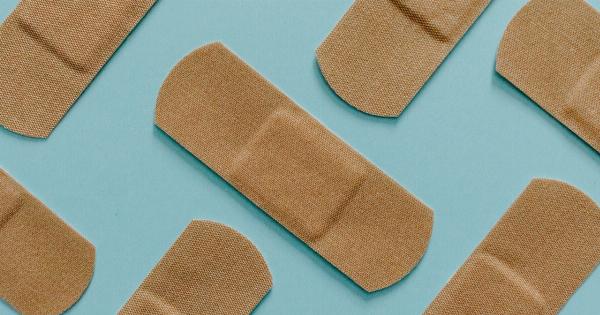Harlequin ichthyosis is a rare genetic disorder that affects the skin. This condition is named after the diamond-shaped plates of scales that resemble a harlequin costume.
Harlequin ichthyosis is inherited in an autosomal recessive pattern, which means an affected individual inherits two copies of the mutated gene: one from each parent, who are typically healthy carriers of the gene.
What are the symptoms of Harlequin Ichthyosis?
The symptoms of Harlequin ichthyosis are present at birth and include:.
- Dry, thickened skin
- Respiratory difficulties due to the thick skin around the eyes and mouth
- Restricted movement due to the tightening of skin around joints
- Cleft lip and palate
- Absent or abnormal ears
- Abnormal genitalia
Infants with Harlequin ichthyosis have skin that is thick, dry, and scaly. The scales can crack and split, making it difficult for the baby to move its limbs, breathe, and eat. The skin is also prone to infections and can be painful for the infant.
How is Harlequin Ichthyosis diagnosed?
Harlequin ichthyosis is typically diagnosed at birth based on the infant’s physical appearance. Genetic testing can also confirm the diagnosis.
What is the Treatment for Harlequin Ichthyosis?
There is no cure for Harlequin ichthyosis. Treatment focuses on keeping the infant comfortable and managing symptoms.
Bathing and moisturizing the skin regularly can help manage dryness and cracking. Antibiotics may be prescribed to prevent or treat skin infections. Infants with respiratory difficulties may require supplemental oxygen or mechanical ventilation.
Surgical intervention may be necessary to address cleft lip and palate, as well as other abnormalities.
What is the Prognosis for Harlequin Ichthyosis?
The prognosis for Harlequin Ichthyosis can vary depending on the severity of the condition. Infants with more severe forms of the condition may not survive.
However, with proper treatment and management, some individuals with Harlequin ichthyosis live into adulthood.
What Causes Harlequin Ichthyosis?
Harlequin ichthyosis is caused by mutations in the ABCA12 gene. This gene provides instructions for making a protein that is involved in the formation of the skin barrier.
Mutations in this gene prevent the skin from forming a barrier, resulting in thickened and cracked skin that is vulnerable to infection.
Harlequin Ichthyosis is an autosomal recessive disorder. This means that an affected individual must inherit two copies of the mutated gene-one from each parent.
Conclusion
Harlequin ichthyosis is a rare genetic disorder that affects the skin. Infants with this condition have thick, dry, and scaly skin that can make breathing and eating difficult.
There is no cure for Harlequin ichthyosis, and treatment focuses on managing symptoms and keeping the infant comfortable.
Despite being a rare condition, it is essential to raise awareness of Harlequin ichthyosis and support affected individuals and their families as they navigate this challenging condition.































